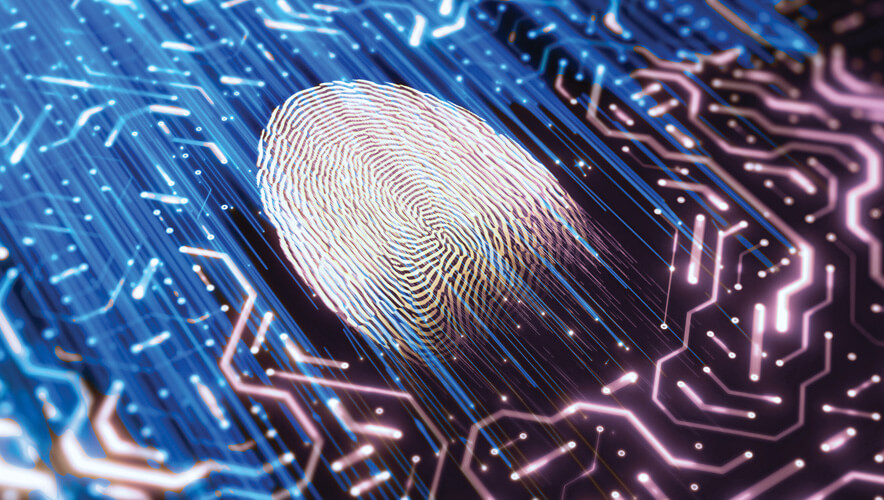Three Technologies Are Driving Access Control Forward
Access control and identity management are at the heart of what makes a business secure. It is imperative to have a system in place that properly identifies individuals and can determine permissions before making an access control decision or providing access to sensitive data.
As technology advances, so must the ways in which we ensure that networks are secure and that interactions between end users and devices are authentic. The solutions for identity management have changed during the past 10 years in response to data breaches, but there are some trends we expect to continue through 2020 and beyond.
Near Field Communication
Near field communication (NFC) provides an additional layer of security when interacting with the endpoint entryways to an Internet of Things (IoT) network. It also provides a frictionless interaction for users.
Most smartphones already have an NFC reader, which makes the technology prevalent and user-friendly. By moving the smartphone close to an NFC tag, the mobile browser launches a relevant website that can authenticate identity permissions.
Unlike QR codes, which can be easily faked and sometimes require specific apps for use, NFC technology is a reliable option that can work without an app. This is especially useful in fast-paced settings such as hospitals where frictionless solutions can streamline operational efficiencies.
Biometrics
While NFC is a great frictionless option, biometric technologies used for identity management are also gaining momentum. The global biometric technology market spending was $17.6 billion in 2018 and is expected to reach approximately $59.43 billion by 2025, according to Zion Market Research.
Fingerprints, retinal scans, and facial recognition can authenticate users for networked systems. Like any information, however, biometric data can be hacked and used with malicious intent.
Biometric solutions are a good option but should not be considered foolproof. As they—and the security of biometric data—advance, these types of solutions will be increasingly adopted.
Artificial Intelligence
Security technology does not provide only security insights. Whether it’s a largescale campus or a small to medium-sized business, there are multiple benefits to learning patterns of behavior among people in and around buildings and protected spaces.
From an administration standpoint, artificial intelligence (AI) and machine learning help to see when and where employees are signing in and whether that changes over time in a meaningful way.
AI can recognize erratic or unusual network activity, such as an employee attempting to access parts of a system he or she does not have permission to enter. There is potential for AI to provide ongoing identity management, further ensuring secure operations as employees navigate different components of a building or system.
While there are many ways to approach identity management, one constant is certain: it is an ever-changing landscape that is continuously improving. With technological trends like biometrics, NFC, and AI picking up traction, the security industry will continue to see a significant change in how it approaches identity management to protect customers, employees, and assets.
Brooke Grigsby is director of marketing at Identiv.
